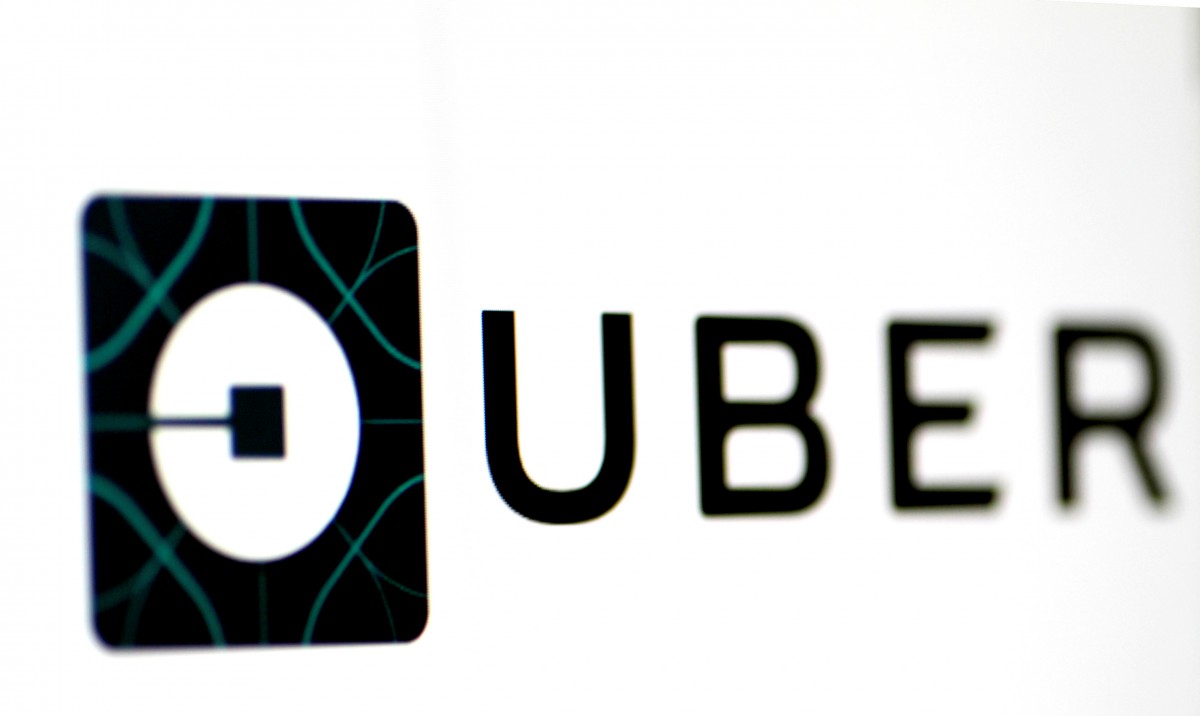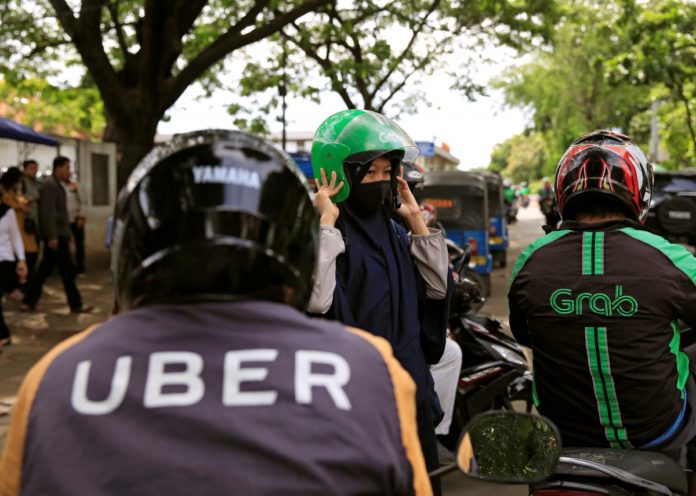GOODBYE, Uber. It has been swell and all good things must come to an end. But has it, really?
On March 26, 2018, Grab released a statement confirming rumours that the company will be taking over Uber’s operations and assets in Southeast Asia as both ride-sharing giants will merge into one, effectively turning Grab into a ride-hailing juggernaut.
This includes Cambodia, Indonesia, Malaysia, Burma (Myanmar), the Philippines, Singapore, Thailand and Vietnam.
Uber, which is preparing for a potential initial public offering in 2019, lost US$4.5 billion last year and is facing fierce competition at home and in Asia, as well as a regulatory crackdown in Europe, Tech Wire Asia wrote.
SEE ALSO: Grab buys Uber’s business in Southeast Asia
“Grab today announced that it has acquired Uber’s Southeast Asia operations. This deal is the largest-ever of its kind in Southeast Asia,” Grab wrote. “Grab will integrate Uber’s ridesharing and food delivery business in the region into Grab’s existing multi-modal transportation and fintech platform.”
As part of the acquisition, Uber will take a 27.5 percent stake in Grab and Uber CEO Dara Khosrowshahi will join Grab’s board.
While Uber employees in Singapore and Malaysiawere scrambling to evacuate the offices, Uber’s loyal riders took to social media to wail: “What about my five-star rating on Uber?”, “With no competition, does this mean no more competitive pricing?”, “Will I still be able to order food from UberEats?”
Here’s what you need to know.

A passenger of Grab bike fixes her helmet next to Uber driver at Manggarai train station in Jakarta, Indonesia, March 26, 2018. Source: Reuters/Beawiharta
What’s going to happen to your Uber account?
As a rider, getting a five-star rating on Uber is such an immensely gratifying achievement. What’s going to happen now that the ride-sharing giants are merging?
Your account will still be active, so your five-star rating is not going to just disappear into the virtual abyss. But you can only use it in countries where Uber operates.
You will still be able to view your past trips and ratings in the Uber app, but data that you’ve previously shared with Uber (excluding payment information) will be transferred to Grab and it will not be visible in the Grab app.
If you don’t already have the Grab app, you will need to download it and register your account.
SEE ALSO: Here’s what ride-hailing app Grab thinks about rival Uber’s alleged spying
Will fares change?
No competition equals no competitive pricing? Grab says fret not.
Just like before, fares will continue to be calculated based on a base distance, with an applicable surcharge based on demand and supply, traffic conditions and estimated time taken for the journey.
For the GrabTaxi (Metered) and GrabTaxi (Executive) options, passengers will continue to pay by metered fares set by taxi companies. For Indonesian consumers, Go-Jek will continue to be a thorn in Grab’s side.

Sun Chanthol (R), Cambodia’s Minister of Public Workers and Transport, greets near a Grab car during a launch ceremony in Phnom Penh, Cambodia, December 19, 2017. Source: Reuters/Samrang Pring
Does this mean faster booking?
The assumption is that the Uber and Grab merger will result in more drivers on the road and therefore, shorter waiting times and faster bookings. And that is the dream.
However, as the companies are going through a transitional period, so will the drivers. Grab will need to get Uber drivers on board the Grab platform and also iron out the kinks.
As a rider, expect some service disruptions during the transition timeframe. But all will be well once the trial and error period is over, and you should be able to enjoy a faster booking experience.
What about UberEats?
Did you just start loving Uber’s food delivery app and how you can literally have food delivered right to your doorstep at work? Unfortunately, UberEats will cease to exist in Southeast Asia in May.
In its place will be a new food delivery platform, GrabFood. GrabFood already exists in Indonesia and Thailand but an expansion to Singapore and Malaysia, and other major countries in Southeast Asia, is currently underway.
All your favourite restaurants on UberEats will be available in the new GrabFood app and the prices are expected to remain the same as before. To use the service, you will have to sign up with a fresh account and profile on GrabFood.
SEE ALSO: Uber’s stalling in Asia is its own fault

The Uber logo is seen on a screen in Singapore August 4, 2017. Source: Reuters/Thomas White
I’m an Uber for Business user. What gives?
Just like Uber’s service in Southeast Asia, the Uber for Business service will no longer be supported for trips taken in Southeast Asia.
Uber for Business lets companies set up corporate accounts through which employees can charge their rides directly to their employers. If you’ve been using Uber for Business, it’s best to start looking for alternatives if you need to be shuttled about in Southeast Asia for work.
The Uber app will continue to operate for two weeks to ensure stability for Uber drivers. As of April 8, 2018, Uber’s services in Southeast Asia will be unavailable.
A version of this article was originally published on our sister website Travel Wire Asia.





